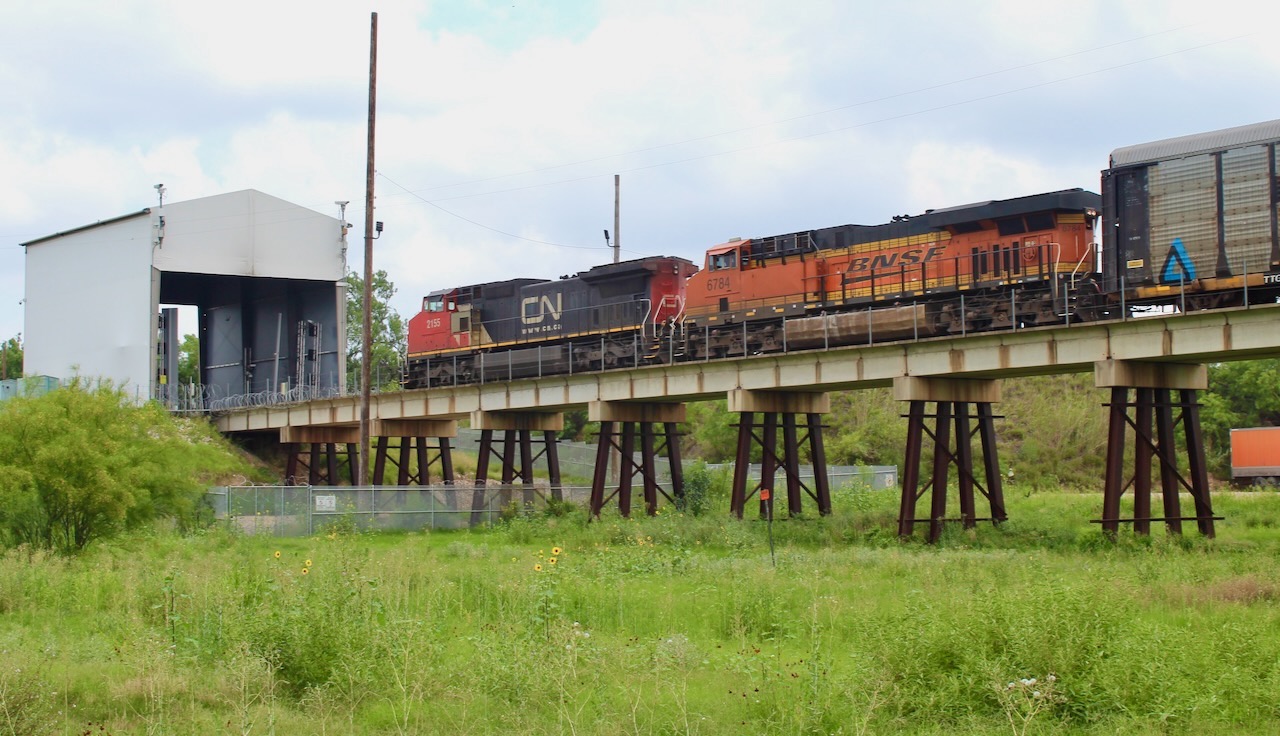
OMAHA, Neb. — Union Pacific is working to finalize agreements with Ferromex and U.S. Customs and Border Patrol to shift cross-border crew changes from the International Railroad Bridge to UP’s yard in Eagle Pass, Texas.
Currently, trains using the Eagle Pass-Piedras Negras, Mexico, gateway swap crews on the single-track bridge over the Rio Grande.
It’s a time-consuming process as crews must walk to and from their trains from their respective sides of the border. For safety reasons, the train cannot proceed until the crew clears the bridge and Customs confirms it can proceed through the x-ray scanners. It’s also a security and safety risk as trains are strung out through border communities for 30 to 40 minutes.
As part of a border security initiative, Union Pacific tested operations using Ferromex crews to deliver northbound trains to UP’s yard in Eagle Pass.
“This new crew change location improves safety and security by reducing the amount of time trains are stopped on the single-track bridge,” Rick Lichtas, UP’s assistant vice president of network and capital planning, said in a statement today. “It also improves the fluidity of the interchange process, making our service product more competitive.”
Eagle Pass is the No. 2 U.S.-Mexico rail gateway by volume. It handles 15 to 18 trains per day, including BNSF Railway trains that operate on trackage rights over UP. UP and BNSF shifted some traffic away from Laredo, the top gateway, to Eagle Pass after the Canadian Pacific-Kansas City Southern merger. CPKC and CPKC de Mexico control the Laredo-Nuevo Laredo border crossing.
Customs and Border Protection requested the new Eagle Pass crew-change process as part of the federal government’s Secure Corridor Initiative, UP said.
The streamlined process would align Eagle Pass with other U.S. crossings where this is already common practice, including along the northern border with Canada and southern border in Laredo, Texas.
Cross-border trains entering the U.S. from Canada use Canadian crews to reach the nearest rail yard – and vice versa. “I never used to even think about the border when I worked at Canadian National Railways,” UP CEO Jim Vena told the North American Rail Shippers annual conference last year.
“In Mexico, we need to get over this issue of stopping at the border and changing crews on bridges,” Vena says.
During the recent pilot test, a Ferromex crew operated a northbound train from the bridge to Union Pacific’s nearest rail yard, located seven miles across the border. At the rail yard, customs officials met the Ferromex crew and reviewed their documentation. The Ferromex crew then boarded a southbound Union Pacific train and returned to Mexico.
This process was monitored and controlled at the bilingual Command Center located in the Eagle Pass Depot. The participating Ferromex crews were trained by Union Pacific and certified under Federal Railroad Administration rules for the territory they operate in – the same certification as Union Pacific crews.
Once the interchange is shifted to UP’s yard, Union Pacific crews will continue to be responsible for taking control of trains from across the border, building outbound trains, and performing local service.
“Seamless transfers at the border enhance the rail industry’s ability to compete and remove trucks from the road,” Lichtas said. “Customers on both sides of the U.S.-Mexico border will benefit from the improved security.”
Canadian Pacific Kansas City, UP, and CPKC de Mexico use international crews to operate some of the two dozen trains that cross the border at Laredo, Texas, each day.
The use of international crews at the Laredo border crossing has drawn opposition from rail labor, which views it as a threat to U.S. jobs as well as a safety risk.
But railroads say the introduction of international crews has not reduced hours, jobs, or compensation for U.S. rail workers. Using international crews has reduced train idle time by about a third at the Laredo border crossing, according to Customs and Border Protection data.






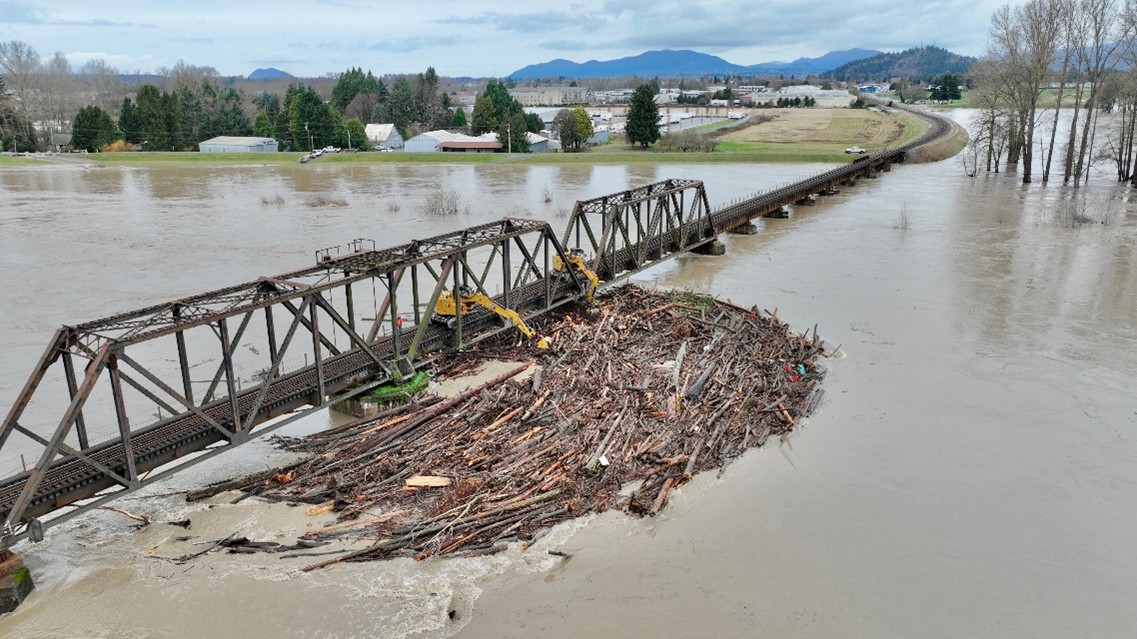
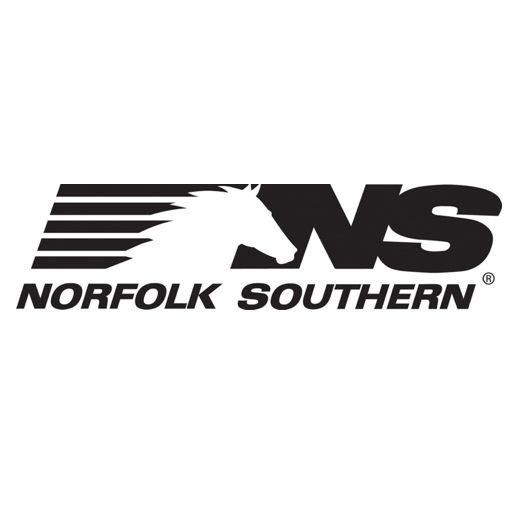
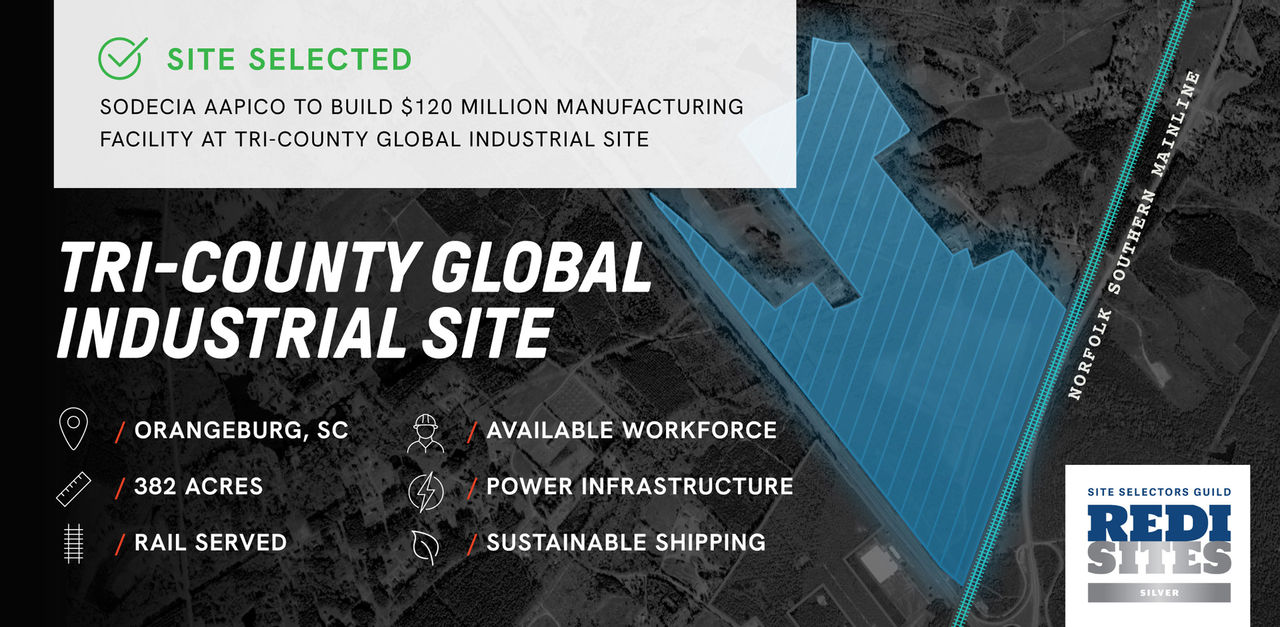
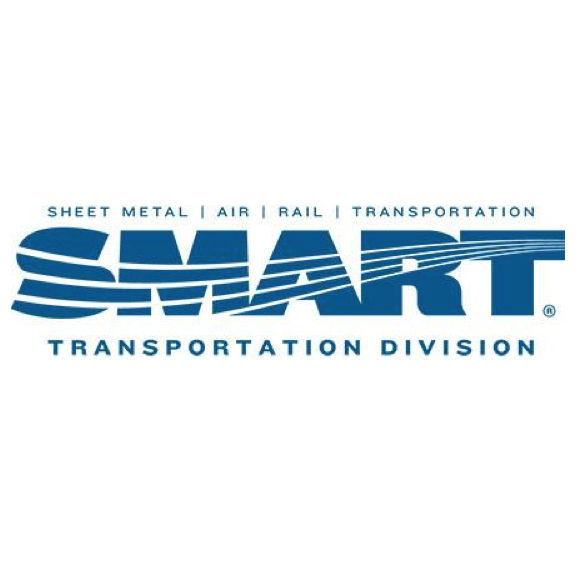
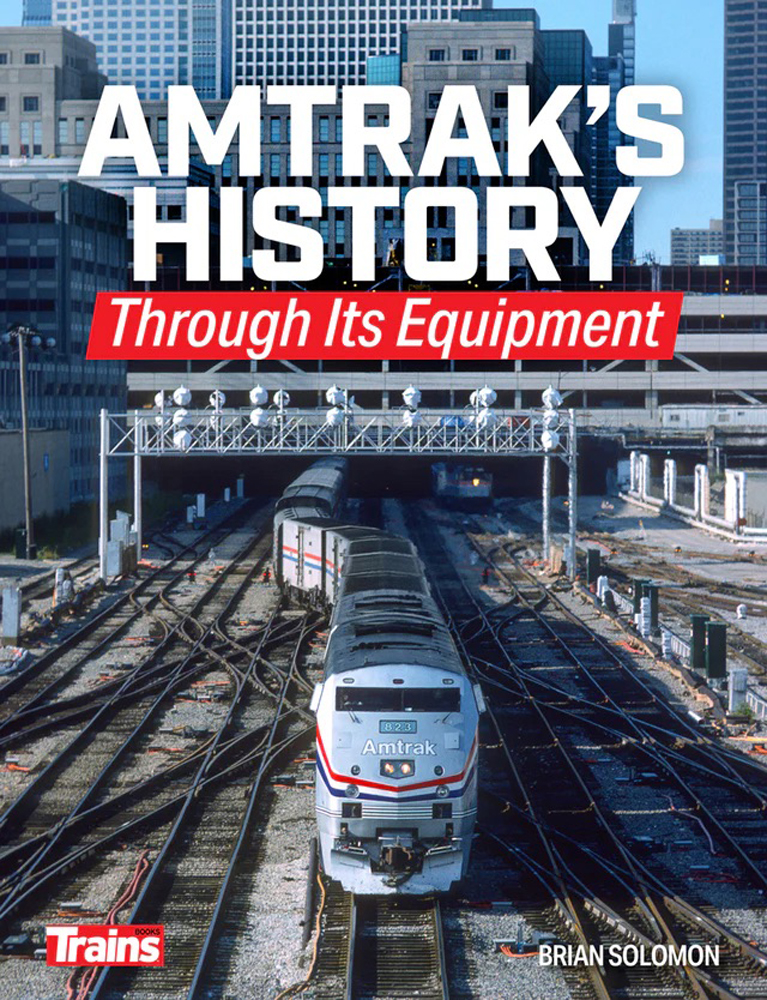
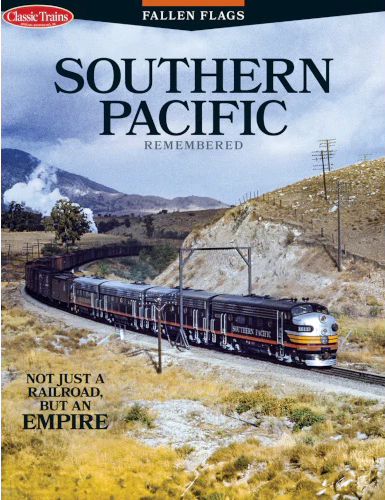
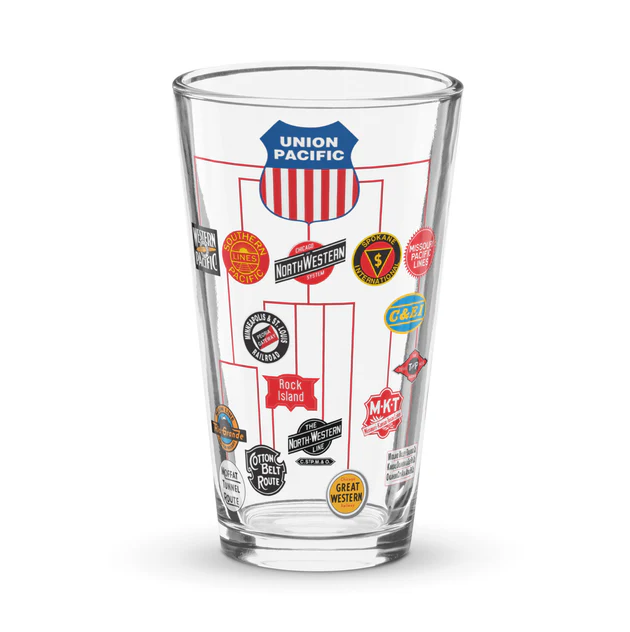
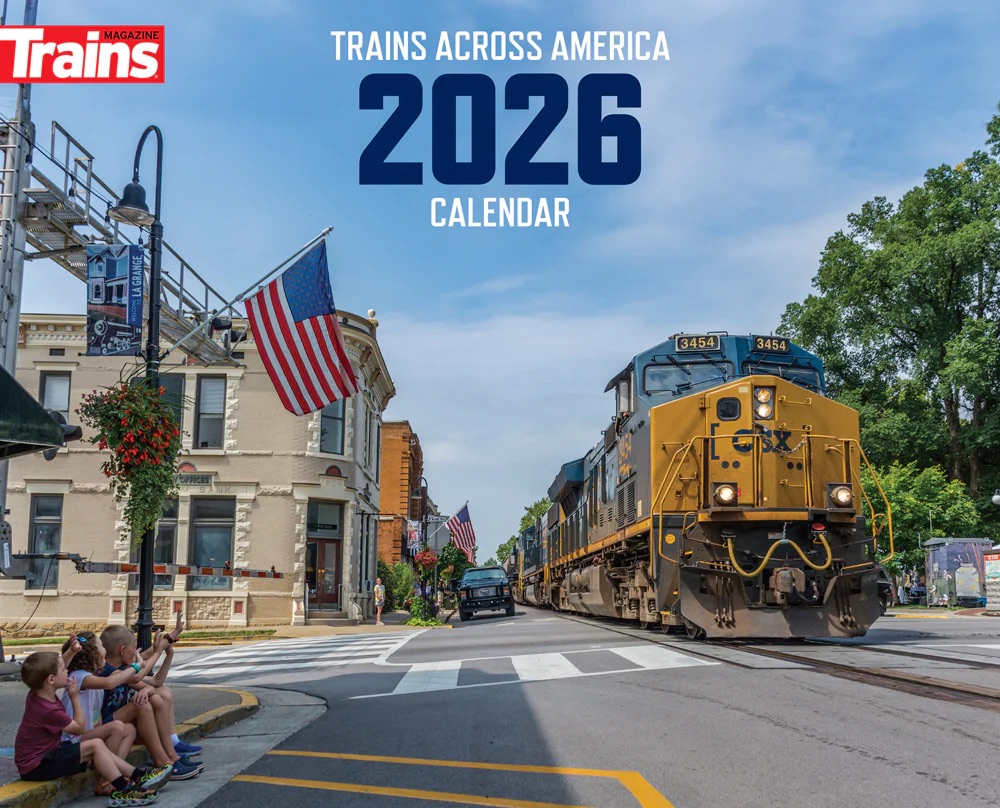
This issue is a major security risk. Every time one of these trains stops on the bridge that will allow enough time for illegals in Mexico to get inside a car and get across the border. Eagle Pass Port of entry in Laredo Texas is not a secure location since 2008 we have had about 215 illegal crossings there because riders hop the trains and sneak across the border that is not the only problem as the train comes in the Cartel likes to sneak drugs into train cars and the DHS does not catch it until it is too late. We need to move all crew changes to the Rail yards and the DHS and Ferromax and Union Pacific need to search every single train as they come in to make sure nothing I repeat nothing comes in.
I agree with NOT stopping on the bridge to change crews. What I don’t agree with is the Ferromex crews taking the train back across the border. On the other hand, US crews should be allowed to bring the south bound train all the way into Mexico.
This situation benefits the south side crews at the expense of the US crews.
This is not a UP, Ferromex or USG issue, this is a union issue.
US unions do not and will not allow Mexican rail operators to control consists on US soil. It has been raised before and they (union) reject all attempts.
Maybe in the olden days. But the unions support Trump now, and are willing to keep trains from stopping so that illegal aliens don’t get the chance to jump a stopped train in hopes of getting a free ride across the border. Plus, since it is already “common practice” at the other border crossings it must not be that big a deal to the unions or they would have been bellyaching long ago about the practice. Seems to be a reciprocal protocol going both ways…